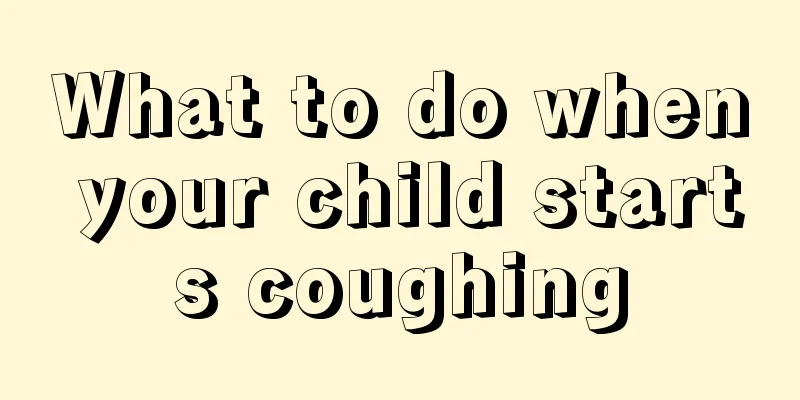Two secrets to cultivating children's patience

|
Before finishing the cake in front of him, Maomao couldn't wait to eat chocolate; when seeing the fun slide in the playground, Maomao ignored the children who were queuing in front of him and insisted on being the first to play on it; when attending interest classes, Maomao easily gave up when he found that he couldn't do it well; when his requests were not met in time, he immediately lost his temper and even lost control of his emotions... For these reasons, the three-year-old Maomao is an "impatient person" in the eyes of his parents, and he has no patience at all.
Method 1: Deliberately let the child wait Jia Jia is usually always eager to get things, such as watching cartoons, cutting the newly bought watermelon, or telling another story. Jia Jia's mother always told her that she could get it, but she needed to wait a while. Give Jia Jia time to experience and compare, so that she can understand what "waiting" feels like. During this time, you can sing a short song for your child or count from 1 to 10. This way children can understand that "waiting" is only a short period of time. Expert comment: The methods listed in the above cases are very practical for cultivating children's patience. To cultivate your child's patience, you must try to explain to him/her how long he/she should wait, and then ignore the possible interruptions he/she may cause you. However, don't let your preschool child wait for 5 minutes at once. At the beginning, you can wait for 1 minute and then increase to 3 minutes. Generally, the effect will be better if you train at home. Tip: You can also do something while the child is waiting, such as letting the child be quiet for 1 minute while the mother answers the phone. If the child can wait quietly for this 1 minute, the mother should praise him like this: "You are so patient that you can play by yourself while your mother is talking." If the child cannot obey, then you can ignore him for the next 1 minute and explain to him why. To do this, parents need to be hard-hearted, otherwise all the training efforts will be wasted.
Method 2: Temporarily divert attention When parents are about to talk to their friends, they might as well give their children a small object that they have never seen or are not allowed to play with often to divert their attention. By the time your child figures out what the thing is or what he can do with it, you've ended the conversation. Expert comment: If it is a baby who is just beginning to learn to walk, it is a good idea to give him a toy. Because most children around 2 years old do not have the ability to divert their attention on their own. But if children are 3 or 4 years old, they should be encouraged to find things to do while waiting. Tip: If parents give a toy to a 3-4 year old child, it means that the parents are responsible for his behavior, which is not conducive to training the child's patience. You may let your child draw a picture or read a book while waiting, or do things that your child is usually interested in, so that your child can learn to choose how to pass the time. |
<<: Six common misunderstandings about medication for children
>>: Five ways to develop children's interpersonal skills
Recommend
Why does my child keep blinking recently?
Some children have abnormal behaviors in their da...
How to supplement calcium deficiency in one and a half year old baby
If a one-year-old baby lacks calcium, problems ar...
What should I do if food gets into my child’s trachea? Try these four tips
Children who are too young and don’t understand c...
What can children eat to quickly replenish iron deficiency?
In life, everyone knows that iron is one of the r...
Treatment options for progeria in children
Some of you may have heard of a disease called pr...
Treatment for 14-month-old baby who doesn't like to eat
The whole family loves the baby very much. After ...
Reasons and solutions for baby burping after drinking milk
We also know that newborns mainly rely on breastf...
Six nutritional methods to help middle school students supplement nutrition
1. High-quality protein is essential Protein is t...
What food is good for babies with anemia?
Baby's anemia is generally physiological anem...
Can a four-month-old baby eat steamed buns?
Babies around four months old develop rapidly, ga...
Treatment for vomiting in children
Vomiting in children is a relatively common disea...
Vestibular dysplasia in children
If children have problems with their diet or life...
Can stretching help children grow taller?
To make your child grow taller? Many parents use ...
What to do if your child has a fever and wants to sleep
Every time a child has a fever, parents will feel...
What should I do if a small tooth grows inside my child's teeth?
Parents pay great attention to the tooth replacem...









